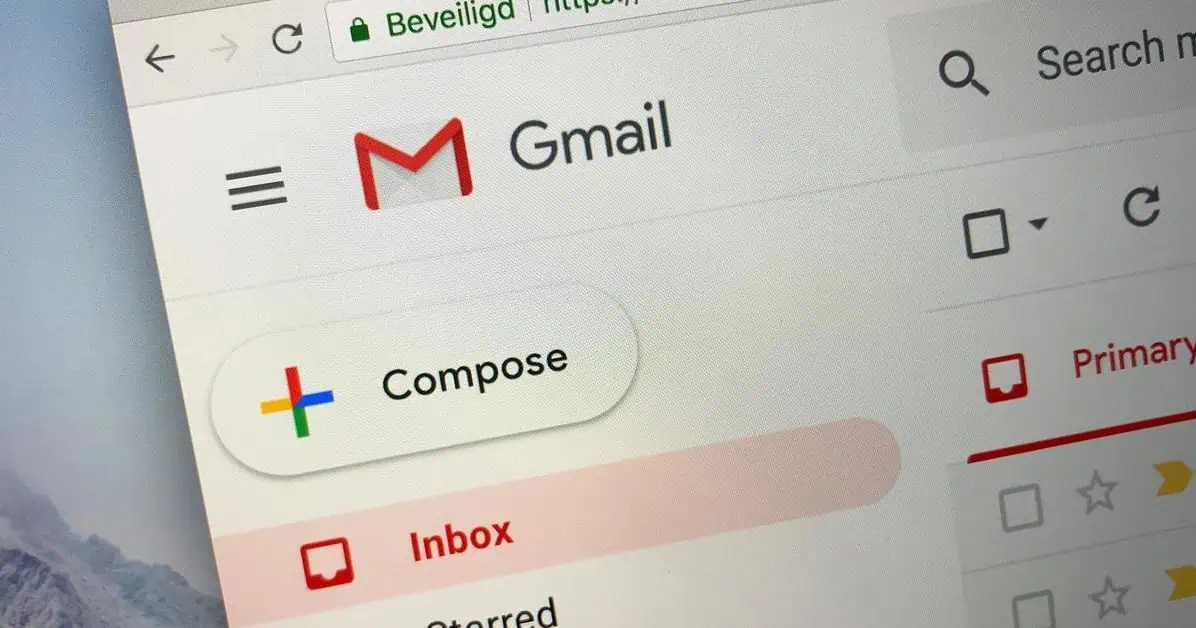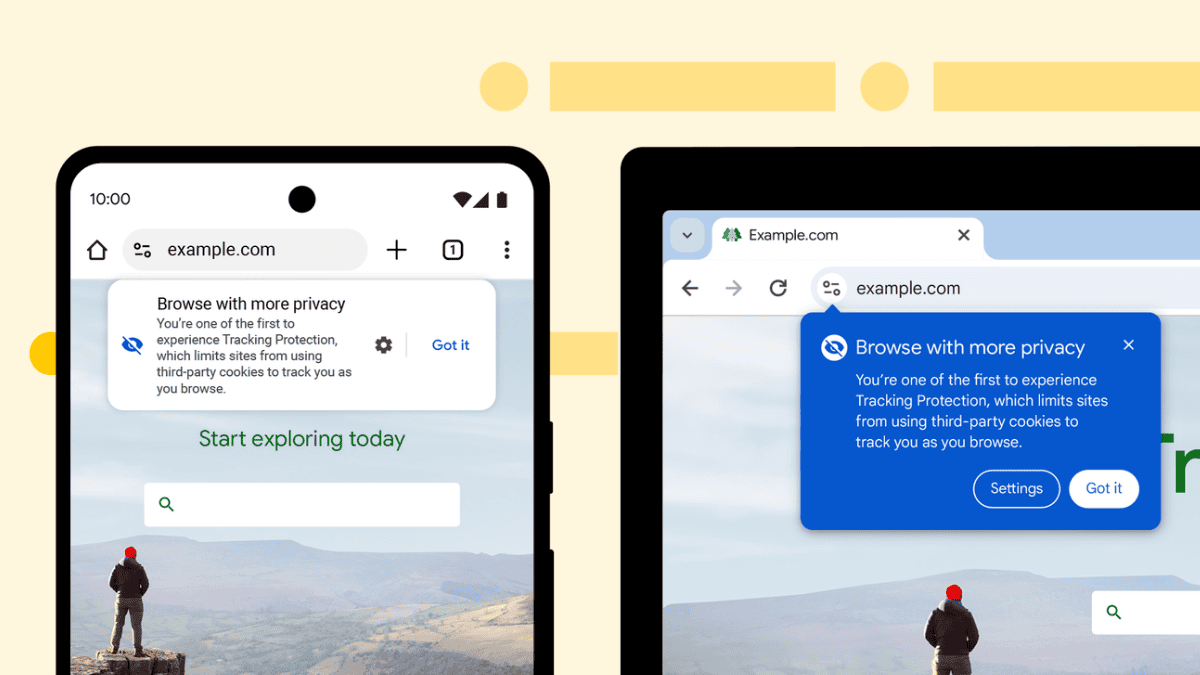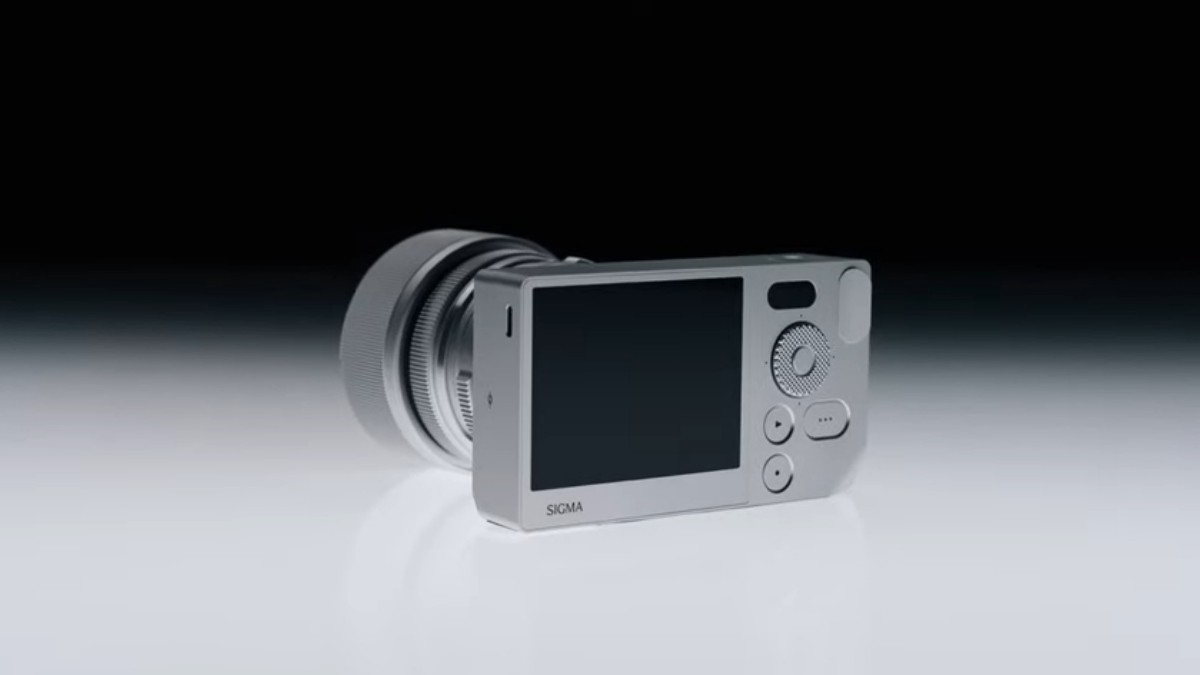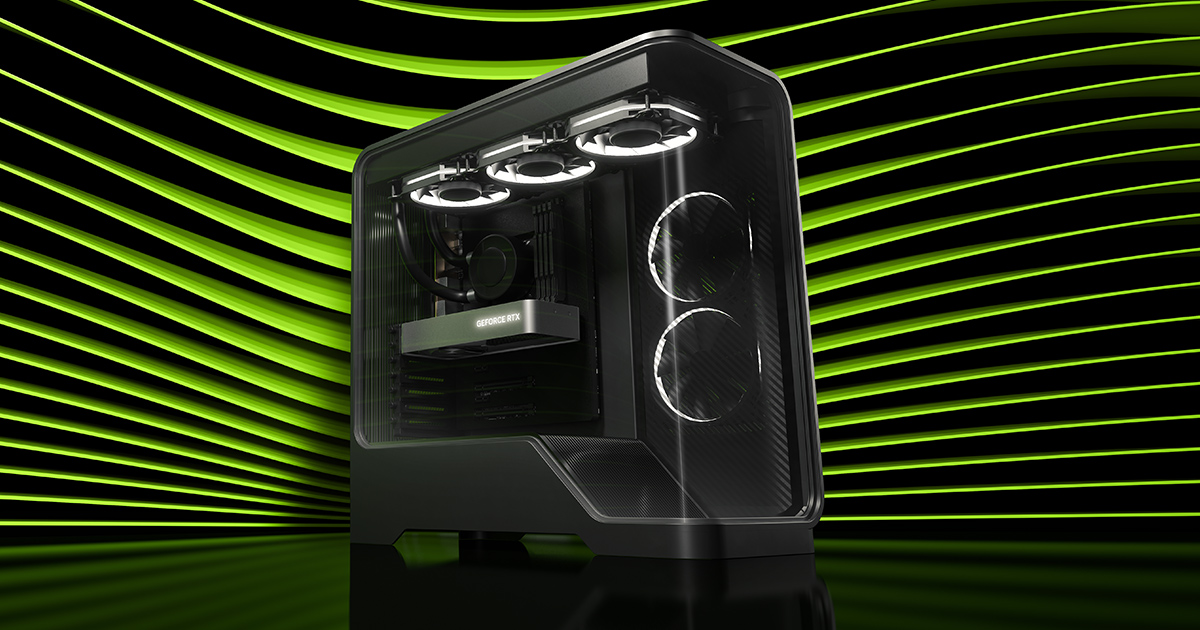How to replace PowerShell with Command Prompt on File Explorer's Context Menu in Windows 10
3 min. read
Updated on
Read our disclosure page to find out how can you help MSPoweruser sustain the editorial team Read more

With the upcoming Creators Update for Windows 10, Microsoft is introducing some really nice features. The company is adding loads of improvements to Bash and the Linux subsystem on Windows 10 with the Creators Update. However, Microsoft is making a pretty major change to the default command line tool in Windows. Microsoft is basically pushing PowerShell with the upcoming update for Windows 10, as it’s supposedly better than CMD. In the Creators Update, you can no longer access CMD from File Explorer’s Context Menu (when you Shift + Right Click). Microsoft has replaced it with PowerShell, which is a bit annoying if you are a fan of CMD.
Thankfully, there’s a slightly tricky way of replacing PowerShell with CMD — initially published by the folks at Inside Windows. Keep in mind that if you are not familiar with Registry Editor, you probably wouldn’t need to replace PowerShell with CMD — so we don’t recommend applying the following tweaks unless you really know what you’re doing.
Here’s how to replace PowerShell with CMD:
-
- Open Registry Editor, simply by searching “regedit” on Cortana/Search or via Run (Win + R)
- On the address bar in the Registry Editor, paste “Computer\HKEY_CLASSES_ROOT\Directory\Background\shell” and hit enter
- From the sidebar, find “cmd” and right click, then select Permissions
- From the permissions dialog, hit Advanced
- Hit the Change button next to the Owner field on the top of the Advanced dialog
- In the input field, enter your username — this can also be the email address for your Microsoft Account. Hit enter after typing in your username/email
- Back in the Permissions window, select Administrators from the top section and allow Full Control by checking the Allow checkbox on the dialog, then apply the changes and close the window
- Now, delete the DWORD “HideBasedOnVelocityId” for CMD from the Registry Editor
- You may need to restart the File Explorer from the task manager to see the changes in action
The above method will show CMD on the context menu when your Shift + Right Click in the File Explorer. But if you want to get rid of PowerShell, you can do so by following the steps below:
- Follow steps 1-7 from above — but change the permissions for “powershell” instead of the CMD.
- Once you apply the new permissions for PowerShell, delete the DWORD “ShowBasedOnVelocityId” for PowerShell
- After that, create a new DWORD and call it “HideBasedOnVelocityId”
- Double click the newly created DWORD and change the hexadecimal value to “639bc8”
- Once again, you might need to restart the task manager to see the changes in action
Here’s a quick video that might be slightly easier to follow:









User forum
1 messages